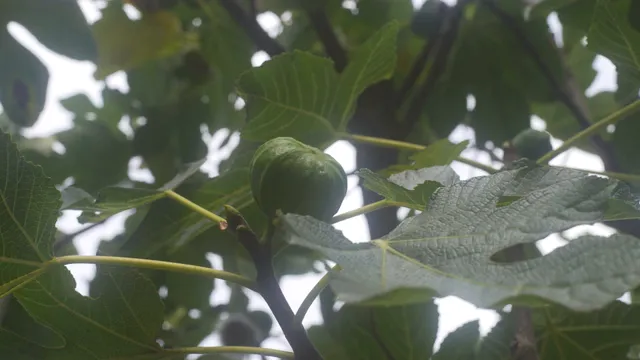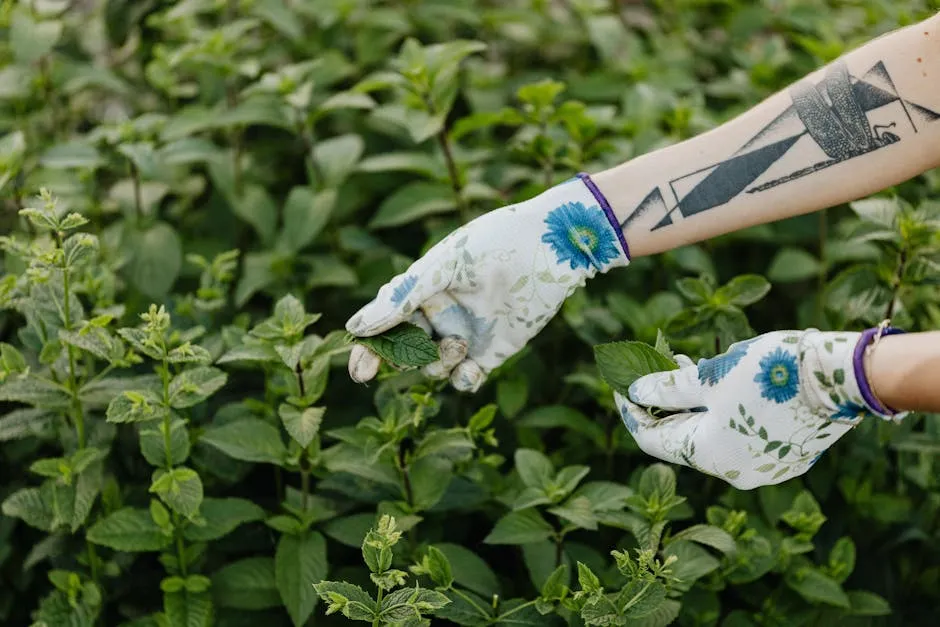

Buy White Sage Plant: Your Comprehensive Guide
Introduction
White sage is more than just a plant. It’s a symbol of healing and purification. Many use it in ceremonies and for medicinal purposes. With its aromatic leaves, more people are eager to buy white sage plants for their homes.
If you’re looking to enhance your home with some aromatic goodness, consider pairing it with an Aromatherapy Essential Oil Diffuser. It’ll create a soothing environment that complements the calming aroma of white sage beautifully!
Summary and Overview
White sage, or Salvia apiana, thrives in the sunny regions of the southwestern United States and northwestern Mexico. This evergreen shrub features silvery-white leaves that give off a distinct aromatic scent. Traditionally, it plays a vital role in various indigenous practices, such as purification rituals.
Beyond its ceremonial uses, white sage also has environmental benefits. It supports local wildlife and attracts beneficial pollinators, making it an excellent choice for gardens. As interest in sustainable gardening grows, purchasing white sage plants responsibly is becoming increasingly important. This ensures that we respect both the plant and the cultures that have cherished it for generations.

For more insights on how to grow responsibly, check out this guide on permaculture principles for sustainable gardening.
Why Buy a White Sage Plant?
Benefits of White Sage
White sage offers numerous health benefits. Many people use it for its potential to improve overall well-being. This plant is known for its calming aroma, making it a popular choice in aromatherapy. Burning white sage can create a soothing environment, perfect for relaxation or meditation.
In addition to its aromatic properties, white sage plays a significant role in traditional rituals. Indigenous cultures often use it in ceremonies for purification and healing. This sacred herb connects people to their heritage and promotes mindfulness. If you’re looking for a plant that enhances both your space and your spirit, white sage is a fantastic choice.
To ensure your white sage thrives, consider using Organic Fertilizer for Herbs. This will provide your plants the nutrients they need to flourish and remain healthy!

Environmental Impact
Growing white sage has positive ecological effects. This hardy plant thrives in gardens, supporting local wildlife and pollinators. It attracts bees and butterflies, essential for a healthy ecosystem. By planting white sage, you contribute to biodiversity and promote a thriving garden.
However, overharvesting poses a threat to wild white sage populations. Choosing to grow your own helps alleviate this pressure on natural resources. Sustainable gardening practices ensure that this beautiful plant can be enjoyed for generations. Planting white sage not only enhances your garden but also supports environmental conservation.
How to Choose the Right White Sage Plant
Factors to Consider
Choosing the right white sage plant requires some thought. First, consider its growth conditions. White sage thrives in full sun, so place it where it gets plenty of light. It prefers well-draining soil and only needs moderate watering. Make sure not to overwater, as this can harm the plant.
Next, think about size options. You can find white sage in various sizes, from small pots to larger ones. Smaller plants are easier to manage, while larger ones can provide instant greenery.
Timing is also essential. The best time to buy and plant white sage is during spring or early summer. This gives the plant ample time to establish roots before winter arrives.

Where to Buy White Sage
Finding the right place to purchase white sage is crucial. Start with reputable online nurseries like Neel’s Nursery or local garden centers. These sources often provide healthy, strong plants.
It’s important to buy sustainably sourced plants. Overharvesting wild white sage harms its population. Look for sellers who emphasize eco-friendly practices.
In terms of pricing, expect to pay between $10 to $15 for smaller sizes. Larger specimens might cost more. Always check that the quality matches the price. Healthy plants with vibrant leaves are what you want.

When you’re ready to get your hands dirty, grab a pair of Gardening Shears to help you with any pruning tasks!
Growing White Sage at Home
Planting and Care Tips
Growing white sage can be a rewarding experience. Start by selecting a sunny spot in your garden. White sage loves full sunlight, so aim for at least 6 hours of direct sunlight each day. When planting, ensure the soil is well-draining. A mix of sandy and loamy soil works best. Space your plants about 2 to 3 feet apart to allow for their natural growth.
Watering is crucial, but moderation is key. White sage prefers dry conditions. Water only when the top inch of soil feels dry. Overwatering can lead to root rot, which is a common issue. Fertilize sparingly, using a balanced fertilizer during the growing season to promote healthy growth.

Pests can sometimes be a challenge. Keep an eye out for aphids or spider mites. If you notice any, use insecticidal soap spray or neem oil to manage them naturally. Regularly inspecting your plants can help catch any issues early, ensuring a healthy harvest.
Harvesting and Usage
When it’s time to harvest white sage, do so with care. Use sharp scissors or garden shears to cut the leaves. Aim to take only a few leaves from each plant, ensuring you leave enough for growth. The best time to harvest is just before the plant blooms, as this is when the leaves are most fragrant.
Once harvested, the leaves need to be dried properly. Bundle them together and hang them upside down in a cool, dry place. This method helps preserve their aroma and potency. After a week or two, your sage will be ready for storage. Keep dried leaves in an airtight container away from light.

White sage is traditionally used in smudging rituals. Light one end of a sage bundle and let it smolder, producing smoke. This practice is believed to cleanse spaces and promote healing. Enjoy the calming scent as you incorporate this beautiful herb into your rituals.
Common Misconceptions About White Sage
Myths vs. Facts
Many believe white sage is just another trendy plant. However, it holds deep cultural significance, especially for indigenous peoples. Some claim that using white sage in smudging rituals is cultural appropriation. While it’s essential to respect cultural traditions, understanding its origins is equally crucial.
In indigenous cultures, white sage (Salvia apiana) symbolizes purification and healing. It’s often used in ceremonies to cleanse spaces and people. This plant isn’t merely a decorative item; it carries centuries of tradition and significance.
Respectful practices are vital when using white sage. If you choose to buy and use this plant, consider its history. Acknowledge its importance and approach its use with gratitude. This mindful practice fosters respect for both the plant and the cultures that honor it.

Conclusion
Buying and growing white sage responsibly is essential. Consider the environmental and cultural implications of your purchase. By choosing sustainably sourced plants, you contribute to the preservation of this sacred herb.
To learn more about white sage and its significance, explore reputable resources online. Engaging with this knowledge deepens your connection to the plant and its traditions. Together, we can appreciate and protect the rich heritage of white sage.

And while you’re at it, why not accessorize your gardening journey with a Organic Cotton Gardening Apron to keep your tools handy and your clothes clean!
FAQs
What is white sage used for?
White sage is used for various medicinal and ceremonial purposes. Many believe it helps cleanse spaces and promote healing. In traditional practices, it serves as a powerful herb for purification rituals.
How do I care for my white sage plant?
White sage thrives in full sun and well-draining soil. Water only when the top inch of soil is dry. Avoid overwatering, as this can harm the plant.
Can I grow white sage indoors?
Yes, you can grow white sage in containers indoors. Ensure it gets at least six hours of sunlight daily. Choose a pot with good drainage to keep the roots healthy.
Is white sage endangered?
Yes, white sage faces conservation challenges due to overharvesting. It’s crucial to buy from sustainable sources to help protect wild populations.
How do I properly harvest white sage?
When harvesting white sage, use sharp scissors to cut leaves. Take only a few leaves from each plant to ensure it can continue to grow. Harvesting just before blooming is ideal for the best aroma.
Please let us know what you think about our content by leaving a comment down below!
Thank you for reading till here 🙂
All images from Pexels



